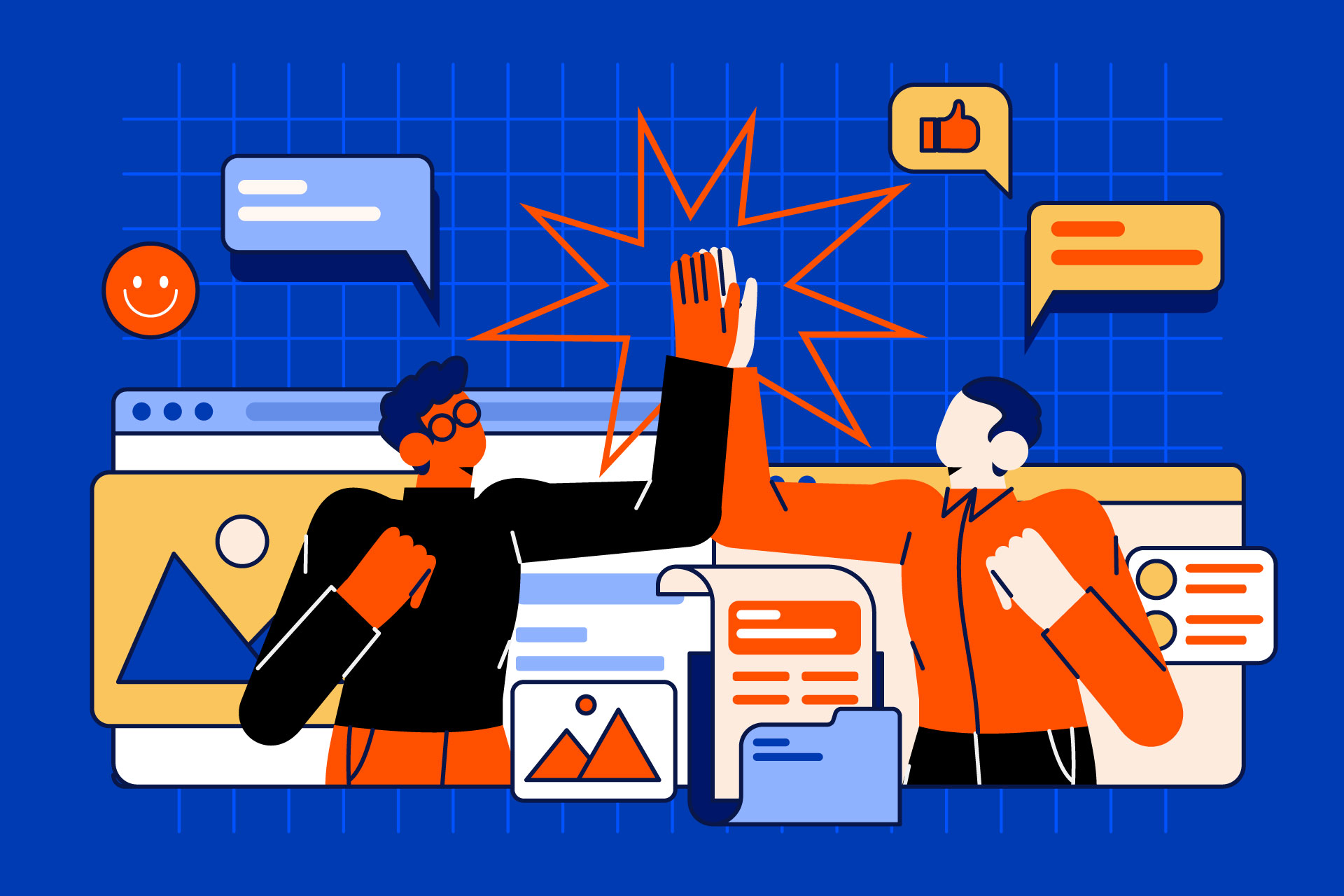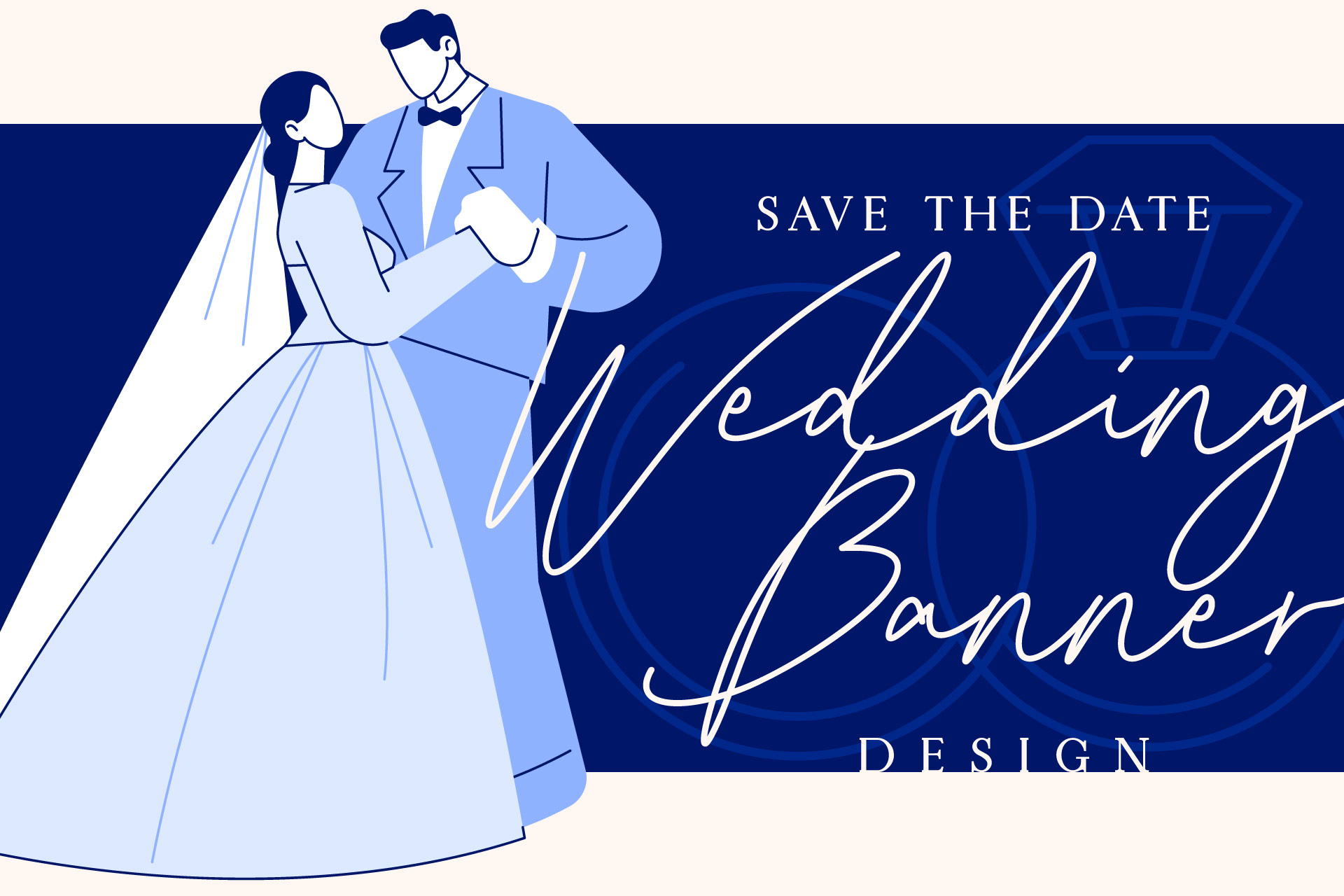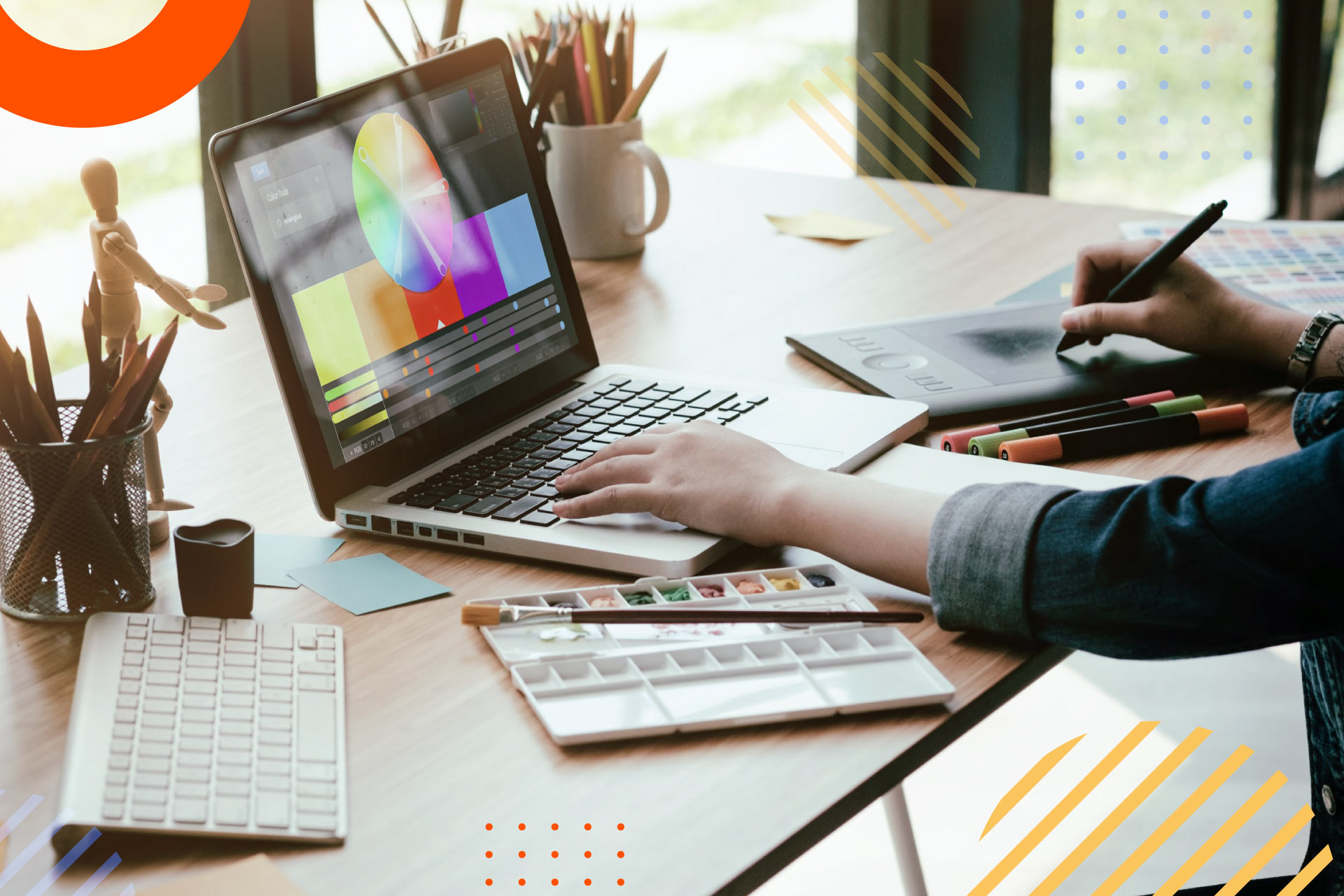How to Work with a Remote Graphic Designer for Your Business Success

So you’ve decided to bring a remote graphic designer on board. Fantastic choice! But wait, have you ever wondered what makes some collaborators favorites while others… not so much? It’s not just about the work but the collaboration. In our rapidly digitizing world, the importance of effective remote collaboration can’t be overstated.
Dive in as we guide you to be the collaborator every graphic designer dreams of. Learn why mastering this art is your ticket to leveraging global design talent effectively. Don’t just collaborate; do it right.
Table of Contents
Benefits of Collaborating with a Remote Graphic Designer
- Cost-Effective: Engaging a remote graphic designer often means no overhead costs, leading to substantial savings.
- Global Talent Access: You aren’t limited by geographical boundaries. This means you can find the best talent, irrespective of their location.
- Flexibility: Remote designers often provide the advantage of flexible work schedules, adapting to your timelines.
Essential Tools for Remote Collaboration
Utilizing the right tools can simplify the collaboration process:
- Communication Platforms: Tools like Zoom or Slack can be vital for real-time communication.
- Project Management: Trello or Asana can help in tracking project progress and ensuring timely delivery.
- File Sharing and Feedback: Platforms like Google Drive, Dropbox, and InVision streamline the sharing and feedback process.
Setting Clear Expectations
Before starting, it’s crucial to set the stage right:
- Detailed Design Brief: This includes the project’s objectives, target audience, preferred colors, and any specific do’s and don’ts.
- Timelines: Discussing key milestones ensures both parties are on the same page.
- Deliverables: Clearly specify the format and versions required.
Design is an iterative process. Setting clear expectations from the outset can significantly reduce the number of revisions and lead to a more streamlined design process.
Julie Zhou, Design Expert
Effective Communication is Key
To ensure a smooth workflow:
- Regular Check-ins: Regular updates avoid last-minute surprises.
- Open to Feedback: Constructive criticism can lead to a refined end product.
- Clarity: Clear and concise instructions can prevent misunderstandings.
Building Trust and Rapport
To foster a fruitful long-term relationship:
- Understanding Perspectives: Recognizing a designer’s viewpoint can lead to more creative results.
- Appreciation: Every designer appreciates acknowledgment for a job well done.
- Long-Term Engagement: Consider it not as a one-off project but the beginning of a long-term partnership.
Handling Time Zone Differences
To combat the challenges of varying time zones:
- Overlap Hours: Dedicate a few hours daily for live discussions.
- Mindfulness: Respect the designer’s working hours.
- Asynchronous Communication: Tools like emails can ensure communication doesn’t halt.
Navigating Cultural Differences
To leverage the diverse creative potential:
- Cultural Sensitivity: Recognize and respect cultural nuances.
- Adaptive Communication: Sometimes, it’s essential to tweak your communication style to be more effective.
- Celebrate Diversity: A diverse design perspective can lead to richer, more global-friendly designs.
Continuous Learning and Adaptation
To ensure you’re always ahead in your collaborative approach:
- Stay Updated: Keeping an eye on emerging design trends can inspire and improve project outcomes.
- Training Sessions: Encourage mutual learning sessions.
- Embrace New Techniques: Adapt to the ever-evolving landscape of collaboration tools and techniques.
Why Shouldn’t I Learn Graphic Design Myself Online?
While it might be tempting to learn graphic design yourself, here are reasons to rethink:
- Expertise Matters: Engaging someone with expertise can be crucial for your business. As a solopreneur or SME, it allows you to focus on other business aspects.
- Time-Consuming: The ‘do-it-all’ mentality can slow down business growth.
- Outsource to Save Time and Money: Outsourcing to an on-demand design agency can offer cost benefits compared to learning yourself or hiring full-time.
Harnessing the Power of Remote Collaboration
Embracing remote collaboration can unlock new creative potentials for your business. By understanding the nuances and challenges of collaborating with a remote graphic designer and addressing them proactively, businesses can ensure fruitful, lasting partnerships.
Navigating the world of remote graphic design can feel like a maze. With TripleGrowth, it’s like having a friendly guide who gets you. Your ideas? We get them and bring them to life, just how you want. No headaches, just awesome designs. Come chat with us at TripleGrowth – where your ideas find their perfect look.
What is a remote graphic designer?
A remote graphic designer creates visual concepts from a distance, using software to communicate and deliver their designs. They can work from anywhere and provide services like creating logos, designing advertisements, and other marketing materials.
How do I collaborate with a remote graphic designer effectively?
Successful collaboration with a remote graphic designer involves clear communication, setting expectations, and using the right tools and platforms for sharing feedback and designs.
What are the benefits of hiring a remote graphic designer?
Hiring a remote graphic designer offers flexibility, access to a global talent pool, cost savings, and the ability to get work done outside of regular business hours.
How can I ensure good communication with a remote graphic designer?
Utilize video calls, emails, and project management tools to ensure clear and consistent communication with your remote graphic designer. Make sure to schedule regular check-ins and provide timely feedback to keep projects on track.
Can I hire a remote graphic designer for a one-time project?
Yes, many remote graphic designers offer their services for both one-time projects and ongoing work.


